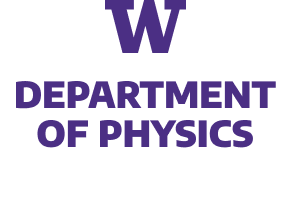Motivated by the Gottesman-Knill theorem, we present a detailed study of the quantum complexity of p-shell and sd-shell nuclei. Valence-space nuclear shell-model wavefunctions generated by the BIGSTICK code are mapped to qubit registers using the Jordan-Wigner mapping (12 qubits for the p-shell and 24 qubits for the sd-shell), from which measures of the many-body entanglement (n-tangles) and magic (non-stabilizerness) are determined. While exact evaluations of these measures are possible for nuclei with a modest number of active nucleons, Monte Carlo simulations are required for the more complex nuclei. The broadly applicable Pauli-String I Z exact (PSIZe-) MCMC technique is introduced to accelerate the evaluation of measures of magic in deformed nuclei (with hierarchical wavefunctions), by factors of ∼ 8 for some nuclei. Significant multi-nucleon entanglement is found in the sd-shell, dominated by proton-neutron configurations, along with significant measures of magic. This is evident not only for the deformed states, but also for nuclei on the path to instability via regions of shape coexistence and level inversion. These results indicate that quantum-computing resources will accelerate precision simulations of such nuclei and beyond. [IQuS@UW-21-088]
This work was supported, in part, by Universität Bielefeld (Caroline, Federico), by the Deutsche Forschungsgemeinschaft (DFG, German Research Foundation) through the CRC-TR 211 ’Strong interaction matter under extreme conditions’– project number 315477589 – TRR 211 (Momme), by ERC-885281-KILONOVA Advanced Grant (Caroline), and by the MKW NRW under the funding code NW21-024-A (James). This work also supported by U.S. Department of Energy, Office of Science, Office of Nuclear Physics, InQubator for Quantum Simulation (IQuS)8 under Award Number DOE (NP) Award DE-SC0020970 via the program on Quantum Horizons: QIS Research and Innovation for Nuclear Science, and by the Department of Physics and the College of Arts and Sciences at the University of Washington (Martin). This research used resources of the National Energy Research Scientific Computing Center, a DOE Office of Science User Facility supported by the Office of Science of the U.S. Department of Energy under Contract No. DE-AC02- 05CH11231 using NERSC awards NP-ERCAP0027114 and NP-ERCAP0029601. Some of the computations in this work were performed on the GPU cluster at Bielefeld University. We thank the Bielefeld HPC.NRW team for their support. This research was also partly supported by the cluster computing resource provided by the IT Department at the GSI Helmholtzzentrum für Schwerionenforschung, Darmstadt, Germany.


